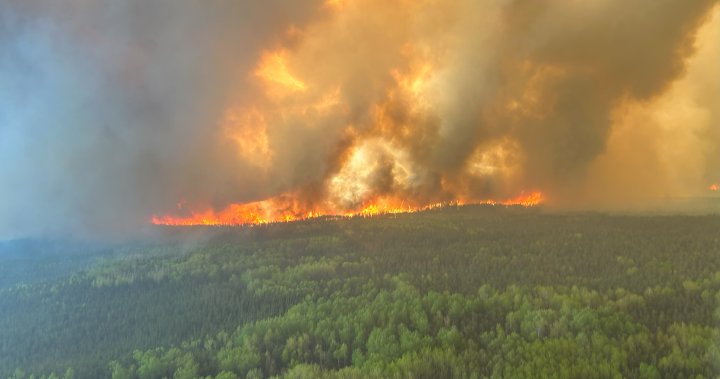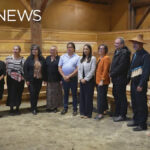As flames encroached on their remote northern Ontario community, nearly 700 residents of Deer Lake First Nation found themselves boarding emergency evacuation flights this week, trading the imminent danger of wildfires for the unfamiliar urban landscape of the Greater Toronto Area.
“We had just minutes to decide what to take,” explained Elder Martha Meekis, who arrived at a Toronto hotel Tuesday night with only a small suitcase of belongings. “The smoke was so thick you couldn’t see across the street. When they told us the planes were waiting, there was no time to think.”
The evacuation marks one of the largest displacement operations in Ontario this wildfire season, with provincial emergency services coordinating a complex airlift from the isolated community located approximately 180 kilometers north of Red Lake. Deer Lake First Nation, accessible only by air or winter ice roads, faced little choice as advancing fires threatened to cut off their sole evacuation route.
Provincial officials confirmed that multiple forest fires are now burning within 10 kilometers of the community, with changing wind patterns creating an unpredictable and rapidly evolving situation. The largest blaze has already consumed over 4,000 hectares of boreal forest.
“These evacuations are precautionary but essential,” said Ontario Fire Marshal spokesperson Daniel Thompson. “With limited resources in remote locations, we simply cannot risk waiting until the last moment.”
For evacuees now temporarily housed across hotels in Mississauga, Toronto, and Peel Region, the jarring transition from their tight-knit community of 1,200 residents to Canada’s largest metropolitan area presents significant challenges.
“Our people are resilient, but this is traumatic,” Chief Ronald Rae told me during a brief interview at a coordination center established in Mississauga. “Many elders have never left the north. Some have health conditions requiring specialized care. And we have no timeline for when they might return home.”
The provincial government has activated emergency response protocols, with Red Cross workers managing immediate needs while Indigenous Services Canada coordinates longer-term support. However, community leaders have expressed concerns about cultural supports, noting many evacuees speak primarily Oji-Cree and follow traditional practices difficult to maintain in hotel settings.
“We’re working to establish daily sharing circles and have requested traditional foods be made available,” explained community coordinator Sarah Beardy. “But there’s no replacing the land. People are worried about their homes, their traplines, the community infrastructure we’ve worked so hard to develop.”
This evacuation highlights ongoing infrastructure vulnerabilities in many First Nations communities. Deer Lake has previously experienced emergency relocations due to spring flooding, yet despite years of advocacy, the community still lacks permanent evacuation routes and sufficient fire suppression capabilities.
Financial analysts estimate the economic impact of the evacuation could exceed $3 million when accounting for emergency transportation, accommodation, food services, and potential community rebuilding costs.
Meanwhile, provincial wildfire services report that unusually dry conditions have created above-average fire activity across northwestern Ontario, with 74 active fires currently burning in the region. Climate scientists have linked these intensifying patterns to warming northern temperatures, creating longer and more severe fire seasons.
As community members settle into their temporary accommodations, the question remains: how will Canada’s emergency management systems evolve to address the growing displacement threats facing remote Indigenous communities in our changing climate?

























